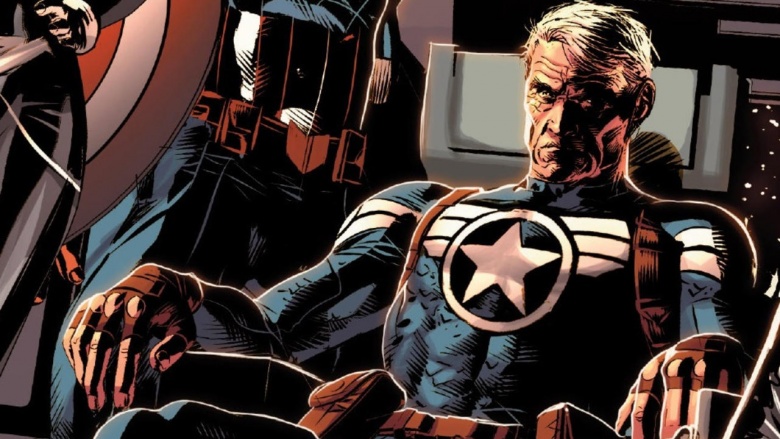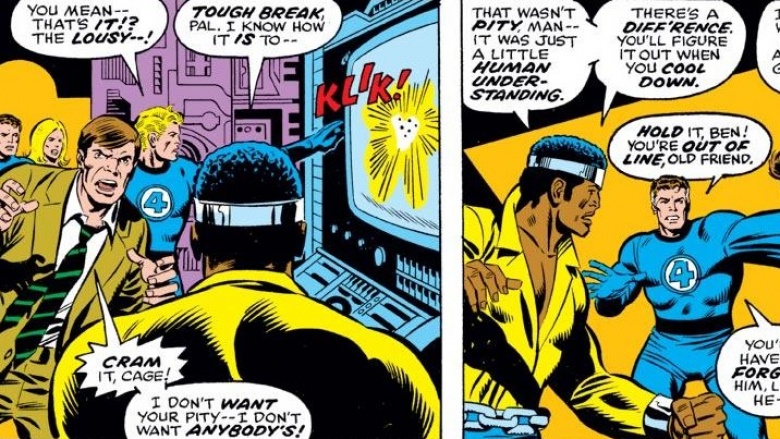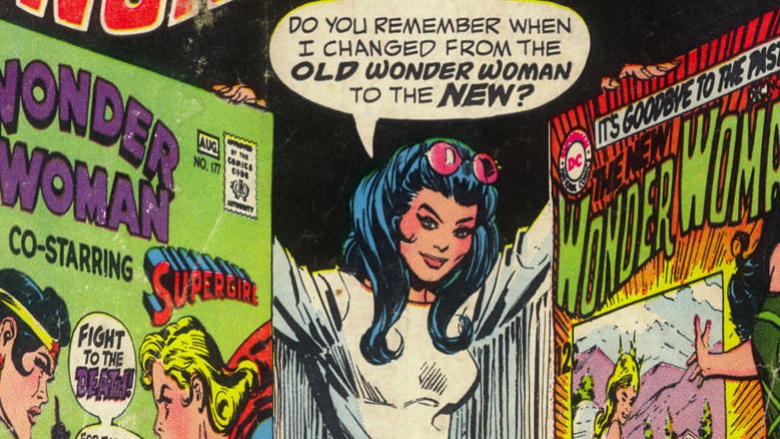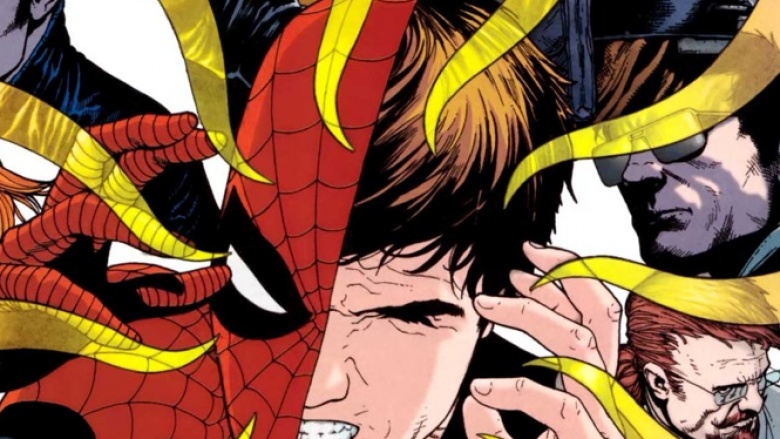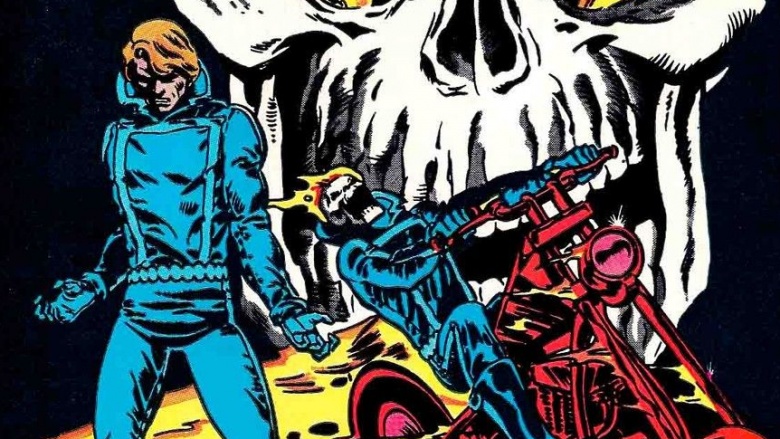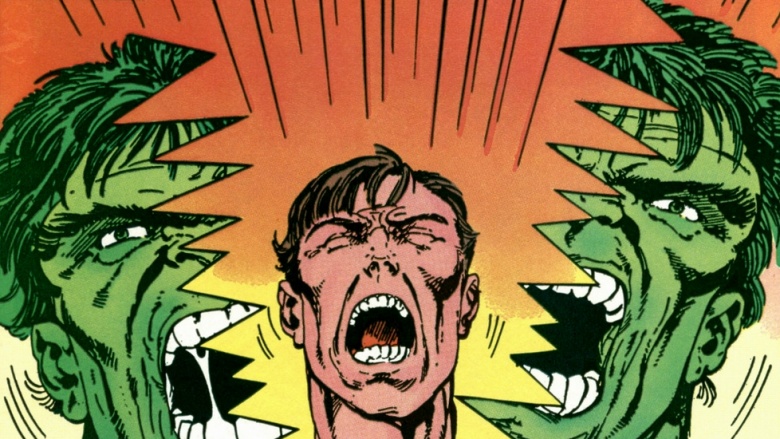Superheroes Who Had Their Powers Taken Away
When you're a superhero, your greatest fear is invariably to lose the powers and abilities that made you super in the first place. As such, it's become a standard comic book trope for heroes to find themselves faced with the realization that they're just a normal human being. In some cases, it's not actually the worst thing in the world—indeed, there are instances when heroes decide of their own accord to give up their powers—but other times it can be positively devastating.
Captain America
While his military training and general experience have provided him with plenty of skills that enhance his skill as a crime fighter, and having his trusty shield in hand doesn't hurt, either, the fact of the matter is that Captain America simply wouldn't be a superhero today if he hadn't been injected with the Super Soldier Serum during World War II. During what would prove to be his final battle with Ran Shen, a.ka. the Iron Nail, the serum was drained from Cap's body, causing him not only to lose his additional strength but to look his real age—over 90 years old. Although this loss of power lasted for a fair while by comic book storyline standards, Cap eventually regained his powers thanks to Kobik, a sentient being created from the shards of a Cosmic Cube.
The Thing
Since the introduction of Marvel's Fantastic Four, one of the recurring plot points of the series has involved the Thing's sporadic desire to get rid of his orange rocks and return to simply being Benjamin J. Grimm. It's happened more than a few times over the years, but the first time the change held for any extended period of time started at the end of Fantastic Four #167, which led to the Thing being replaced in the FF's line-up by Luke Cage. (Yes, really.) This unexpected switch-up didn't last long—by issue #169, Luke was gone, Ben was wearing a Thing exo-suit to reproduce his powers, and by issue #175, he was back in his usual rocky state—but Ben continues to briefly revert to humanity on a semi-regular basis, just to keep readers guessing.
Basically every mutant ever
It started with the House of M miniseries, in which the Scarlet Witch has a mental breakdown and attempts to warp reality in such a manner as to bring her children back to life, but by the time it's all over, she's gone in a different direction and shrunk the mutant population of the world from millions down to hundreds. The "Decimation" storyline, as it was called, led to a change in numerous characters in the Marvel Universe, but as you might reasonably guess from the continued popularity of the X-Men, many of those changes ended up being reverted back when all was said and done.
Wonder Woman
In the midst of the 1970s, DC Comics writers Mike Sekowsky and Denny O'Neil decided to bring feminism to comic books in a unique way: he took the classic character of Wonder Woman, de-powered her, and made Diana Prince—Wonder Woman's secret identity—into the hero of the book. They stripped her of her superhuman abilities, set aside her magic lasso and bullet-bouncing bracelets, and effectively made her a female James Bond. It was well-intentioned, in that they were trying to show that she didn't need these abilities to be a force to be reckoned with, but when no less an authority of feminism than Gloria Steinem spoke out and said that they'd succeeded in doing the opposite of what they'd set out to do, DC backpedaled and returned things to back where they'd been with Wonder Woman.
Superman
Once upon a time, before the DC Universe suffered through the so-called Crisis on Infinite Earths, the Man of Steel had a very colorful past, and few things were more colorful than kryptonite, which came in a variety of hues. Beyond the well-known green version, which was capable of weakening and eventually killing Kryptonians, there was red kryptonite, which caused weird (but temporary) physical and psychological transformations; white kryptonite, which killed any plant life within its proximity; blue kryptonite, which was only harmful to Bizarro and his ilk; and so forth. Gold kryptonite, however, could remove Superman's powers permanently, which is exactly what it did at the end of Alan Moore's famous "final" Superman story, "Whatever Happened to the Man of Tomorrow?"
In the epic tale, Superman endures a series of unusually dark and twisted battles with members of his rogues' gallery before realizing that the entire thing had been orchestrated by Mr. Mxyzptlk. After the imp emerges to take responsibility, Superman manages to trick him when he attempts to return to the Fifth Dimension and kills him. Feeling the weight of Mxyzptlk's death on his shoulders, he declares, "Nobody has the right to kill. Not Mxyzptlk, not you, not Superman. Especially not Superman." With these words, Superman silently walks into the vault within his Fortress of Solitude where he stores his gold kryptonite and removes his powers himself.
Spider-Man
Spider-Man's abilities are pretty well-documented in his his theme song—"Is he strong? / Listen, bub / He's got radioactive blood / Can he swing / From a web? / Take a look overhead"—but one that should never be underestimated is his so-called "spider-sense," which forewarns him of potential dangers, thereby giving him the opportunity to react faster. In the midst of a battle with Alastair Smythe's Spider-Slayers, all of whom share his abilities, Spider-Man creates a bomb which will destroy the spider-senses of the Slayers, but during the course of trying to make his own escape, he's forced to set off the bomb while he's still in its proximity, thereby causing him to lose his own spider-sense as well. (Thankfully, he got it back in the "Spider Island" storyline the following year.)
Ghost Rider
There have been many incarnations of the demon-possessed character known as Ghost Rider over the decades, but the first one was Johnny Blaze, a stunt motorcyclist who effectively sold his soul to the devil, thereby becoming the host for a demon known as Zarathos. As Ghost Rider, Blaze zoomed through 81 issues of his own title before coming to a close in spectacular fashion: Blaze's soul was taken by a devilish individual named Centurious, who placed it within a soul crystal, but Zarathos battled Centurious, and while they both ended up trapped within the crystal, Blaze was released, left alive, well, and free from the spirit of the Ghost Rider. (For awhile, anyway. It gets complicated.)
The Incredible Hulk
The idea that Bruce Banner will ever permanently be cured of being the Hulk has become laughable at this point in comics history, since it's been tried so many times and in so many ways that the recent Civil War II storyline decided to just cut to the chase and kill Banner altogether. (Not that anyone truly believes that'll last.) Arguably the most famous of the no-more-Hulk story arcs came in Incredible Hulk #315, in which writer/artist John Byrne had famed Gamma-irradiated psychologist Doc Samson successfully separate Bruce Banner from the Hulk. While this was ostensibly great news for Banner, who ended up proposing to and ultimately marrying his beloved Betty Ross, the end result of the separation was a mindless Hulk who terrorized the Marvel universe so profoundly that there was little choice left but to reunite Banner and the Hulk. Ah well, it was good while it lasted...

